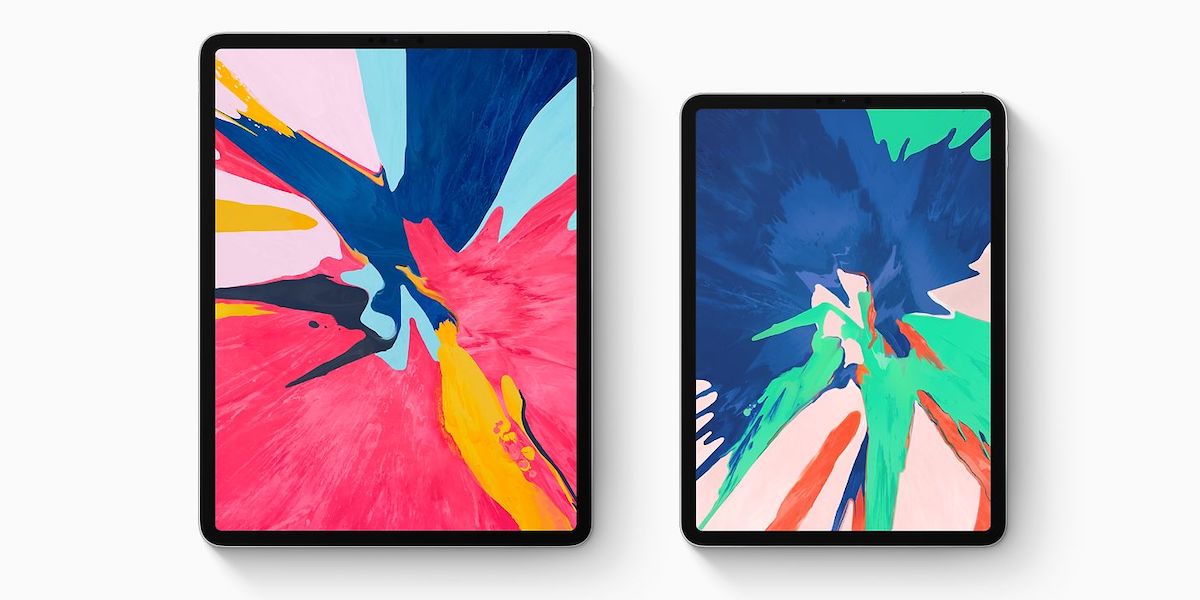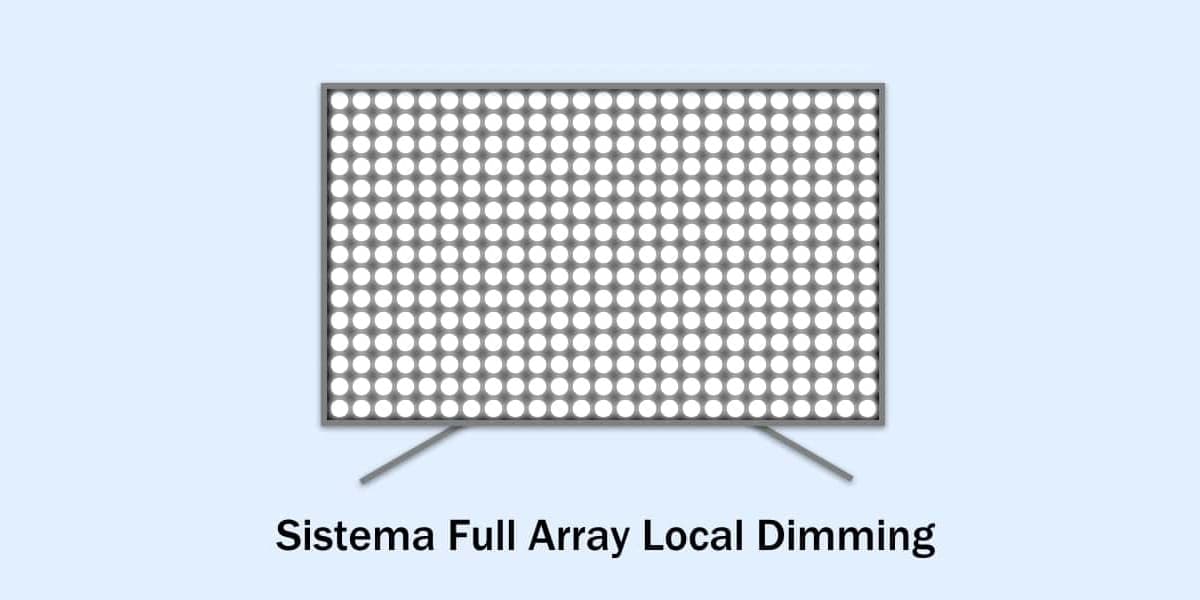
After abandoning the LCD screens in the top models of the iPhone, Apple could take a similar step in the screens of its iPad and Mac, but it seems that this time it would not be using OLED screens but a new technology called miniLED which has its own characteristics that make it more suitable for these larger devices. What is the miniLED? We explain it to you below.
We were already able to speak with Xavi Mestre, a very active follower who participated in our Podcast Daily (link) that we dedicate to this topic. To complete the information and make it accessible to everyone, not just podcast followers, he has helped us to write an article in which we explain in a very simple way what you should know about this new type of screen.
Backlighting is the big change
To begin with, we are going to give a rough overview of how an LED LCD panel works and how they have evolved in recent years. In these panels, the pixels, to be able to turn on, must be illuminated from the back. For this, a white LED is usually used (hence the name). LED LCD panels have a great visual quality and colorimetry, but they also have a big problem: having the impossibility of being able to show a pure black, since they always end up having some kind of residual light on the back. This residual light on the back makes the black pixels appear very dark gray and this also has other effects: it limits the contrast, reduces the viewing angles and shows less vivid, more muted colors.

To try to mitigate this lack, the industry devised a better way to backlight the pixels, which was none other than placing more LEDs in different areas of the screen. With this they managed to illuminate only the areas that were necessary and leave those in which a pure black had to be shown off. This also improved the contrast and led to very effective backlighting technologies such as the Full Array LED or more recently the QLED, which are still essentially the same system. These systems manage to place a high number of LEDs behind the screen (between 100 and 500) that allow to regulate the shutdown much more effectively and therefore, actively improve the contrast and be able to turn off each LED to achieve a black without that residual light.
The immediate future passes through the miniLED
The miniLED is roughly a great evolution of the backlighting of the LCD LED panels of a lifetime, where now instead of having 15-100-300-500 LEDs that illuminate the panel, more than 15000 can be implemented that can be individually dimmed to show better colorimetry, better contrast and achieve a deeper black. It is true that it is far from the 8.294.400 points of light that 4K OLED panels give, where each pixel is capable of turning on or off by itself.
A great advantage of these miniLED panels is that we get rid of other problems inherent to OLED technology, such as the degradation of organic light diodes and the more than likely burnout / retention due to long exposure of recurring images (here would enter the menus of apps or programs that are displayed continuously on the screen throughout the working day).
The next step is the microLED
The natural evolution of miniLED technology is the microLED, currently with high production costs that prevent its use in devices like the ones we are talking about, but which They manage to place as many LEDs as there are pixels on the screen, so that it is equated to OLED, each pixel has its own illumination, but without the problems caused by OLED. But this is something that we will not see yet.